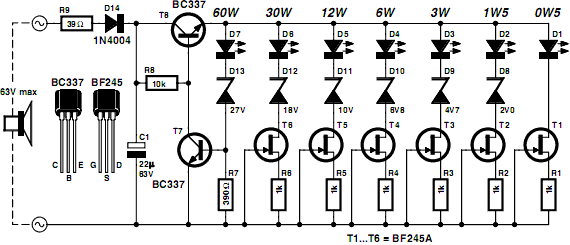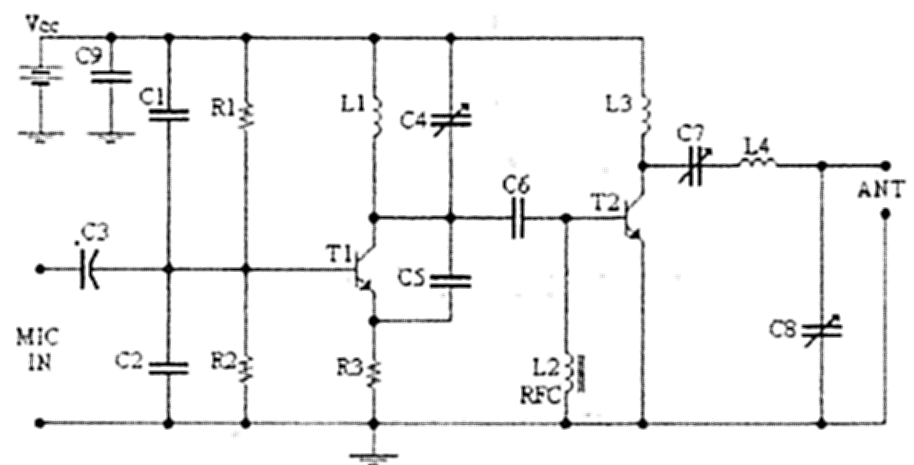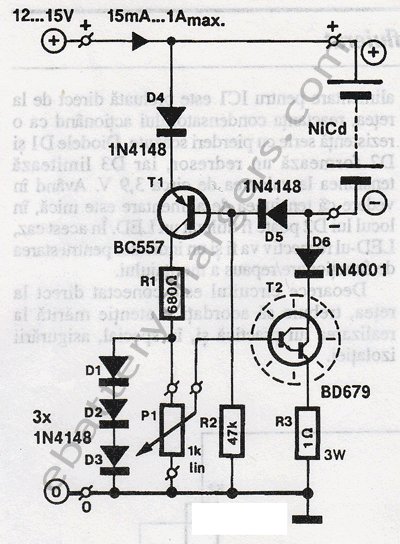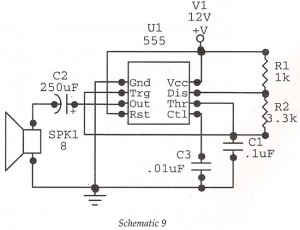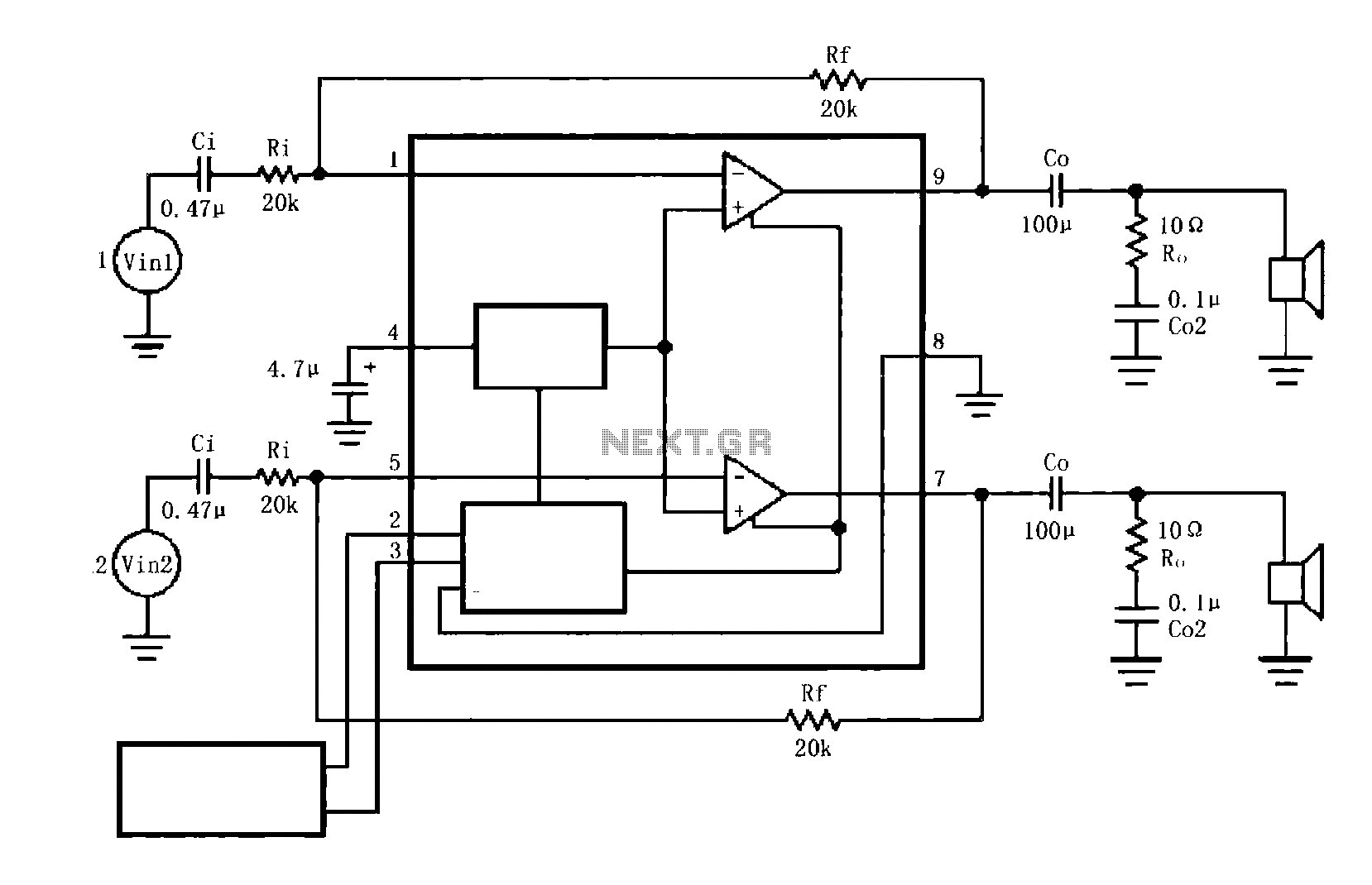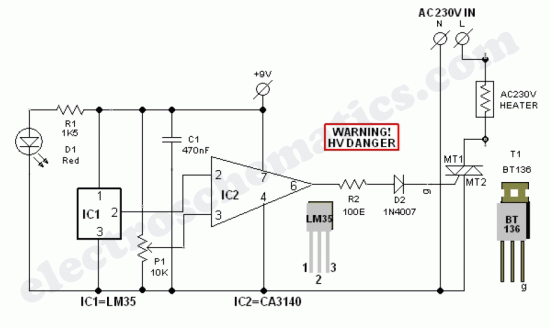
0-90 phase shifter circuit diagram
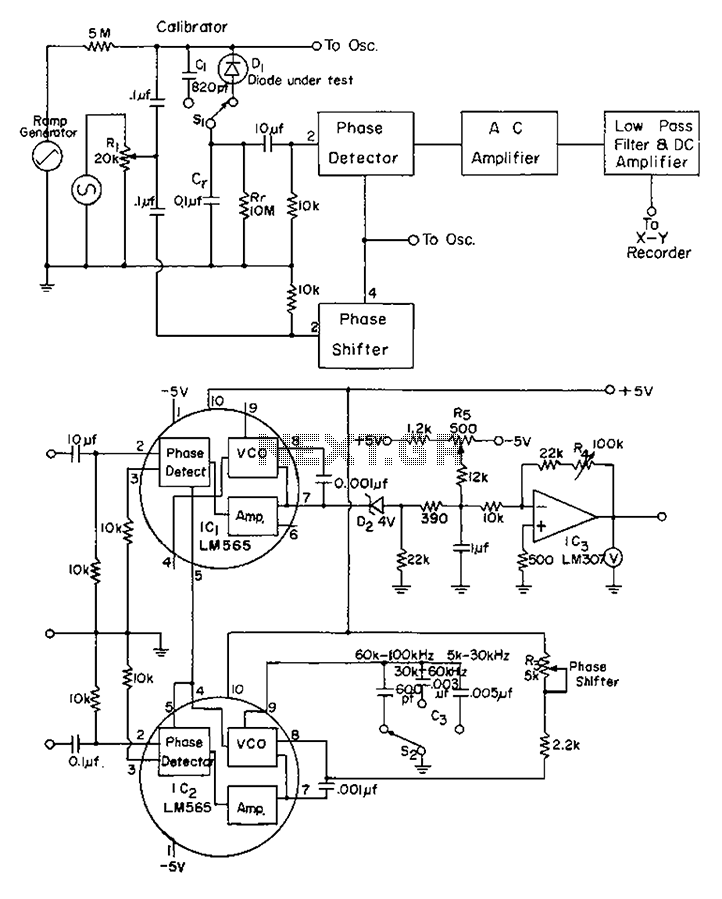
The application of automatic plotters for measuring the capacitance-voltage characteristics of solar Schottky gate diodes is discussed. A diode is connected as illustrated below. The integrated circuit (IC) generates a square wave output phase. Additionally, resistor R3 can be adjusted from 0 to 90, allowing for a continuous shift. This paper presents the ramp circuit and the corresponding design equations.
The application of automatic plotters in measuring the capacitance-voltage characteristics of solar Schottky gate diodes involves a systematic approach to analyzing the behavior of these diodes under varying electrical conditions. The measurement setup includes a diode connected in a specific configuration that is detailed in the accompanying schematic. The integrated circuit (IC) utilized in this setup produces a square wave output, which is essential for driving the measurement process.
Resistor R3 plays a critical role in the circuit, as its adjustable value, ranging from 0 to 90 ohms, facilitates the continuous modulation of the input signal. This adjustment is crucial for observing how the capacitance characteristics of the Schottky diode respond to different voltage levels. The ramp circuit designed for this application is integral to achieving accurate measurements, as it generates the necessary voltage sweep to characterize the diode's behavior effectively.
The design equations associated with the ramp circuit are vital for understanding the operational parameters of the measurement system. These equations provide insights into the relationship between the various components, including the effects of resistance, capacitance, and the frequency of the square wave output. By applying these design principles, engineers can optimize the circuit for enhanced performance and reliability in measuring the capacitance-voltage characteristics of solar Schottky gate diodes.Application of automatic plotters for measuring solar Schottky gate capacitance - voltage characteristics. Measured diode connected as shown below. IC square wave output phase, you can adjust R3, from 0 to 90 constantly shift. This paper presents the ramp circuit and design equations.
The application of automatic plotters in measuring the capacitance-voltage characteristics of solar Schottky gate diodes involves a systematic approach to analyzing the behavior of these diodes under varying electrical conditions. The measurement setup includes a diode connected in a specific configuration that is detailed in the accompanying schematic. The integrated circuit (IC) utilized in this setup produces a square wave output, which is essential for driving the measurement process.
Resistor R3 plays a critical role in the circuit, as its adjustable value, ranging from 0 to 90 ohms, facilitates the continuous modulation of the input signal. This adjustment is crucial for observing how the capacitance characteristics of the Schottky diode respond to different voltage levels. The ramp circuit designed for this application is integral to achieving accurate measurements, as it generates the necessary voltage sweep to characterize the diode's behavior effectively.
The design equations associated with the ramp circuit are vital for understanding the operational parameters of the measurement system. These equations provide insights into the relationship between the various components, including the effects of resistance, capacitance, and the frequency of the square wave output. By applying these design principles, engineers can optimize the circuit for enhanced performance and reliability in measuring the capacitance-voltage characteristics of solar Schottky gate diodes.Application of automatic plotters for measuring solar Schottky gate capacitance - voltage characteristics. Measured diode connected as shown below. IC square wave output phase, you can adjust R3, from 0 to 90 constantly shift. This paper presents the ramp circuit and design equations.
